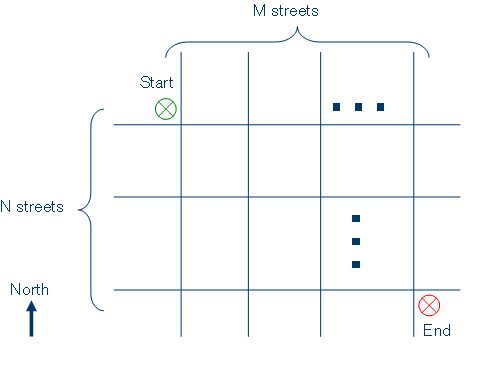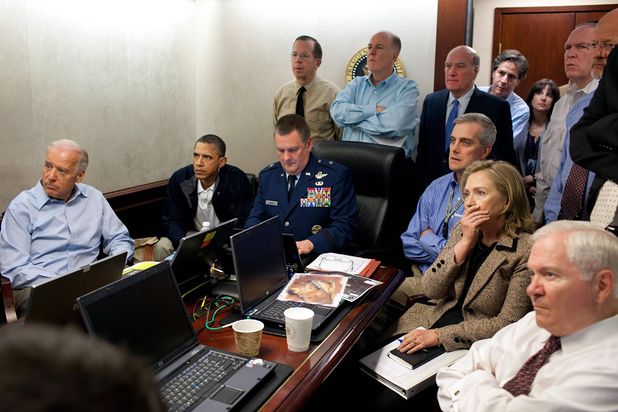(UPDATED Monday 2pm: last paragraph changed based on feedback from my friend Adam)

The New York Times’ ombudsman has a column on the Times’ practice of not (generally) using the word “torture” when describing the way the Bush administration dealt with War on Terror detainees. He concludes by saying the Times should change this practice, and use the word “torture” to describe this behavior. The Times’ rationale for not using the word “torture” before was as follows:
The Bush administration offered formal legal opinions that the “enhanced interrogation techniques” it authorized were not torture under United States law. The Times adopted the view that labeling these as “torture” in news articles could create the appearance of taking sides.
Thus, the Times did not use the word “torture” since the U.S. government said it was not an appropriate word. So we can immediately dispense with the notion that the Times is “unbiased” (whatever that means) — they are biased in favor of the U.S. government. If a reporter were writing an article on the treatment of U.S. PoW’s by the Japanese during WWII, and he wanted to use the word “torture,” would the Times be in the slightest bit interested to know how the Japanese government referred to the treatment? (Even if they were, they wouldn’t be able to find anything useful, since the Japanese use the Japanese language rather than English, and thus wouldn’t have used the English word “torture” in official decisions, even if they believed that to be the appropriate English word.)
The ombudsman confusingly points out that the New York Times’ decision was based on the desire not to appear to be “taking sides.” What does it mean to “take sides” as a reporter? A reporter should report a fact if that fact is clear with a very high probability, and if it is relevant to the reporter’s readers. That is probably an oversimplification, but what can be said for certain is that the issue of whether the reporter is “taking sides” should not be part of the calculus at all, and it is a meaningless notion. What could it mean to “take sides” when reporting a fact?
One possibility is that it means to report a fact that a lot of people do not believe to be true. If that were what the Times were trying to do, then they could never report anything meaningful at all, since they’d only report on things that everybody already knew. Another possibility is that it means to report a fact that a lot of people do not believe to be true, and will not be convinced of even after they’ve read the article. This is a possibility, but it is a dumb standard — who would want to read from a newspaper that only reported things that were guaranteed to generate no controversy. It appears in this case that the Times’ operational definition of “taking sides” is “reporting a fact that the U.S. government disagrees with.” It is certainly true that the Times sometimes does “take sides” based on this definition of the term, so I am not saying that the Times has a consistent policy that forbids them from disagreeing with the government. But they have admitted to being swayed by a desire not to do so in this particular case. (And Bill Keller, the editor of the newspaper, was unashamed in explaining this policy of not wanting to “take sides.”)
Thanks to the ombudsman for telling the Times to remedy their behavior. He should have gone further, though, and pointed out that the desire not to “take sides” is at best nonsensical and at worst (and apparently) a desire to adhere to the judgments of the U.S. government. The Times should not defer to legal U.S. legal opinions when reporting the facts of our detainee treatment any more than they should defer to Japanese legal opinions when reporting about WWII. The Times can find plenty of good instruction on the English language without biasing themselves towards the desires of governments.
(update explanation: I originally wrote that the Times had “follow[ed] the orders of the U.S. government,” which, as Adam pointed out, is not exactly correct. The Times did not follow “orders,” but rather voluntarily strove to use language consistent with views of the government.)





